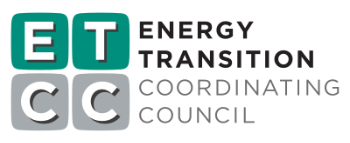Project Info
ACTIVE
Project Title
EE BE Project Success Tools
Project Number ET25SWE0015 Organization SWE (Statewide Electric ETP) End-use HVAC Sector Commercial Project Year(s) 2025 - 2026Description
HVAC Contractors working on energy efficiency and building electrification projects face technical and regulatory challenges. To support them, various organizations—including for-profits, non-profits, manufacturers, and state agencies—have developed software-based tools. These tools assist with tasks like HVAC sizing, commissioning, troubleshooting, and bill impact analysis. However, adoption of these tools has been limited despite their potential. The market study aims to identify the reasons behind this and suggest ways to increase their use among California contractors. By understanding these barriers, we can help investor-owned utilities (IOUs) build a stronger HVAC workforce, increasing heat pump adoption and improving the quality of installations.The project team proposes a market study to explore these tools and identify barriers HVAC contractors face to adoption. Through interviews with market actors, the study will assess available tools, their effectiveness, and how they can be better utilized. The goal is to guide utilities and stakeholders in integrating these tools more effectively into contractor workflows. The team will respect brand anonymity to not show bias toward any specific tool, unless interviewees identify a specific example, and is determined to be appropriate to report on. The CalNEXT project includes three activities: a review of available tools, an assessment of tool awareness and use among contractors, and the creation of a timeline buying guide that aligns project milestones with appropriate tools. This guide will help contractors and utilities quickly assess tool value, ensuring they are used effectively.These tools can help ensure successful completion of key project milestones. For example, selling energy efficiency, scheduling, design and specifications, installation / execution, quality assurance & commissioning, rebate applications, project closeout. Tools may also enable remote mentorship, accelerating skill-building for junior technicians in order to help attract new participants to the workforce. Additionally, the tools improve HVAC installation quality, addressing issues like refrigerant charge, airflow, and equipment sizing. A study by the U.S. Department of Energy highlights the benefits of these tools, including better customer satisfaction and productivity.
